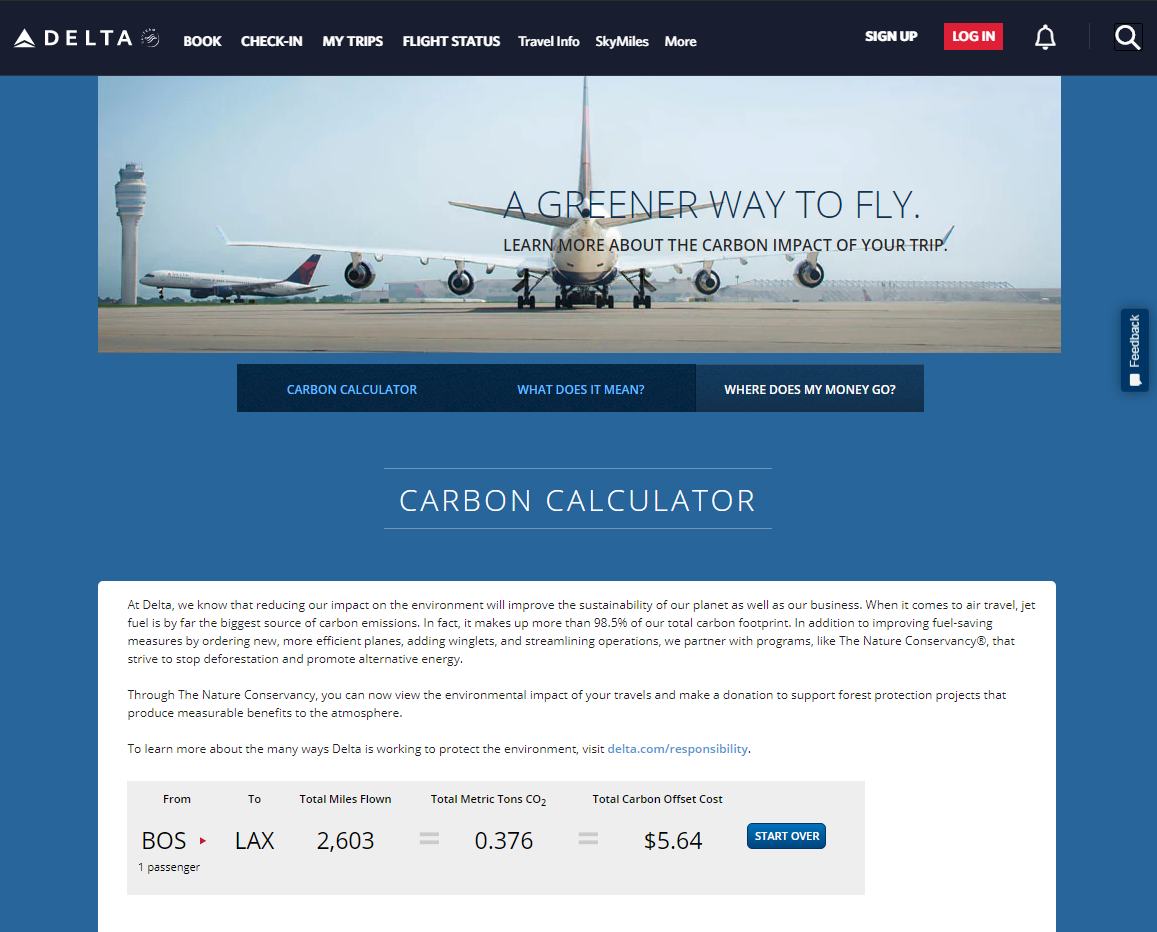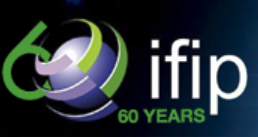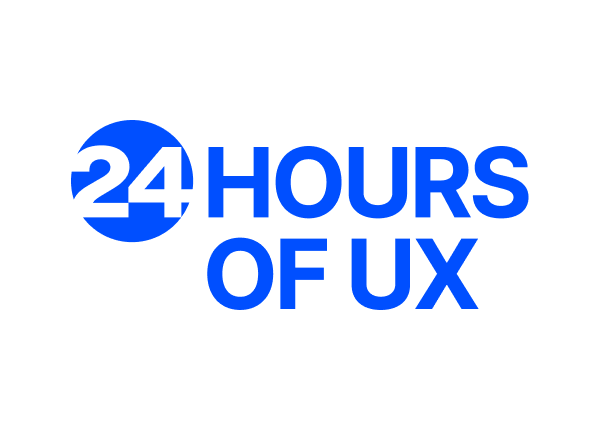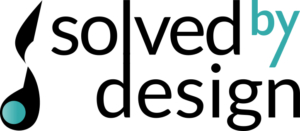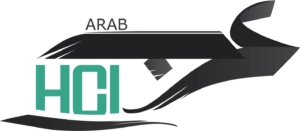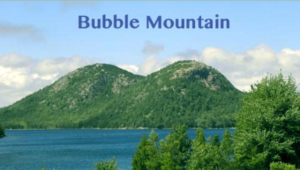2019 Theme – Design for the Future We Want
As usability professionals, our work is moving us closer to a certain future. Whether the progress towards it is intentionally or unintentionally created, or whether that future is tomorrow, next month, or several years down the line – we are all heading towards endpoints of our own creation. This begs the question – What kind of future are we designing for?
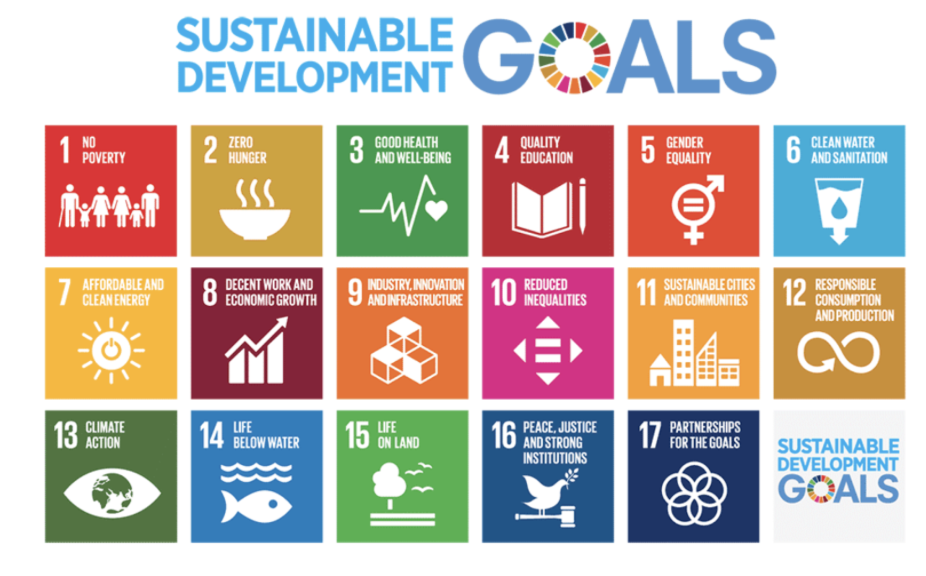
Learn more about the UN’s Sustainable Development Goals.
This year’s World Usability Day theme is: “Design for the Future We Want”. It was inspired by the United Nation’s (UN’s) 17 Sustainable Development goals. These goals provide a roadmap of a future that we could be seeking to attain. The goals vary widely from “Good Health and Well Being” to “Gender Equality” to “Sustainable Cities and Communities”.
It should be noted that these goals should be complementary to, and not in the place of, designing with an organization’s bottom line in mind. Below are some examples of designs which not only helped turn a profit, but moved us towards a future in line with the UN’s Sustainable Development Goals.
UN Sustainable Development Goal: Clean Water and Sanitation
SmartLife works to ensure access to water and sanitation for all
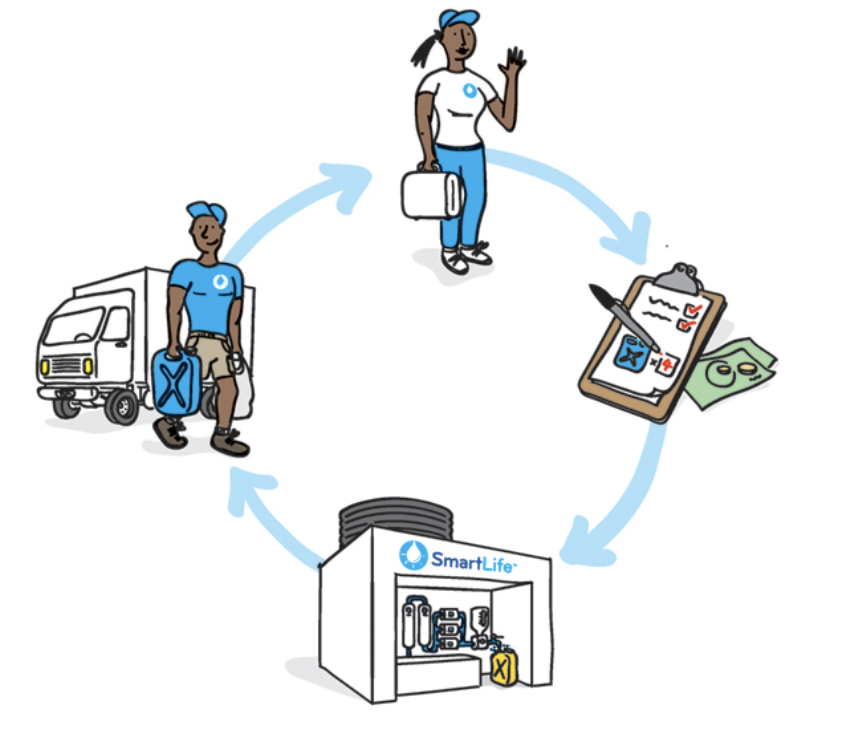
IDEO.org
The world is facing water, hygiene and sanitation crises. Every year, according to WHO, more than 3.4 million people die from water-related diseases, 1.7 million children under the age of five die from diarrheal disease and one of three people in developing countries has vitamin and nutrient deficiencies. IDEO, a global design and creative organization, has applied the human-centered approach to designing a unified and market-based solution to tackle the water issue in Nairobi, Kenya. A social enterprise – SmartLife, which combines the sale of pure drinking water with wellness products in low-income communities, was designed to meet the needs of local people for a clean and affordable source of water.
Starting with understanding the needs of the target users, and also the context of the problem, designers at IDEO quickly identified opportunities and moved into building prototypes followed by concepts testing. Going through the whole design thinking process of ideating and testing, SmartLife was successfully launched in two different neighborhoods in Nairobi. To date, SmartLife has provided more than 167,000 liters of clean water, constantly received positive feedback from customers, and potentially expanding to other communities in the area as well as across countries.
UN Sustainable Development Goal: Climate Action
Carbon offsets partnering with travel companies
Climate change is a global challenge that affects everyone, everywhere.
One of the approaches that our community could make a huge impact on building a better future is that we can design an experience that helps preserve the environment. For example, the concept of carbon offsetting, which is an action by companies or individuals to compensate or “offset” their greenhouse gas emissions, is receiving more and more attention across the globe. This not only delivers environmental but also social and economic benefits relevant to sustainable development. Currently, there are multiple airlines starting to incorporate carbon offsetting into its services, providing a wide variety of programs for customers to choose from to help compensate for greenhouse gas emissions.
Delta became the first airline in the U.S. to launch a first carbon offsetting program in 2007, which offered customers three primary projects of The Nature Conservancy. To partially compensate for the greenhouse gas emitted by the round-trip flights between BOS and LAX, Delta recommended a donation of $5.64 per passenger. This experience and other similar practices would tremendously contribute to the effort fighting climate change and creating a better future for the next generation.
It is our responsibility as UX professionals to design for a future that not only we would want to live in, but also for future generations. As a community, we should strive to consciously think about a future we would want, and work to create that future for ourselves and each other.

